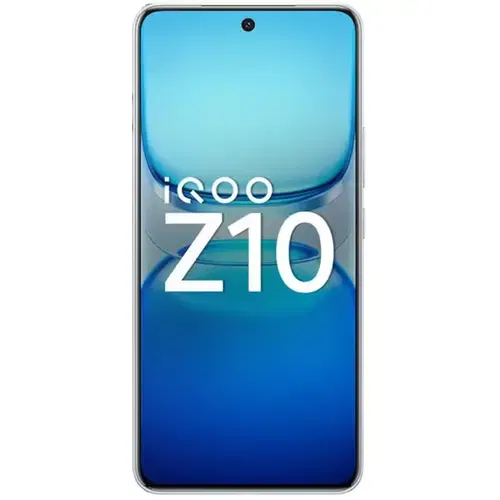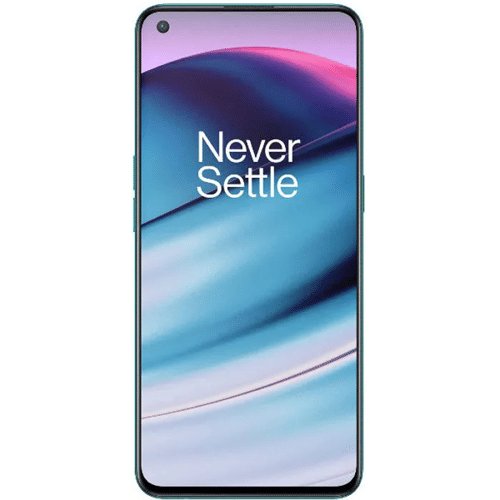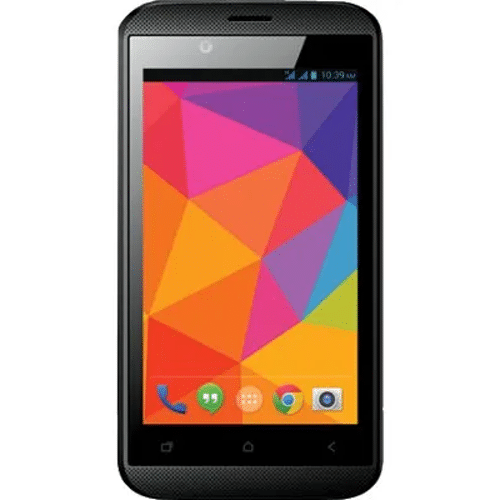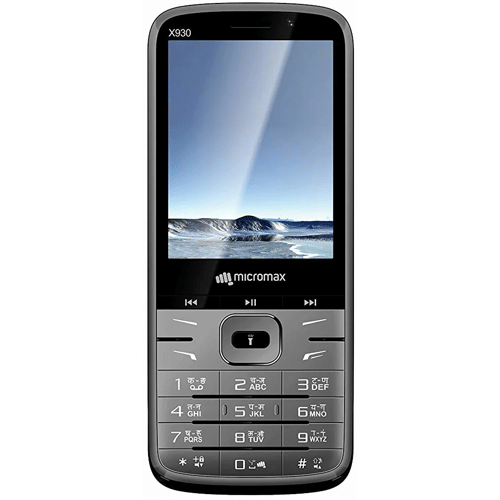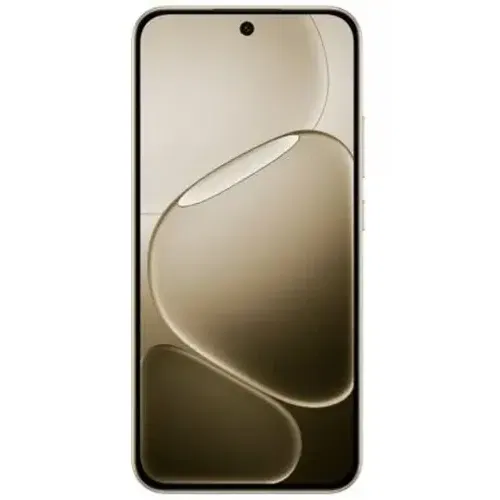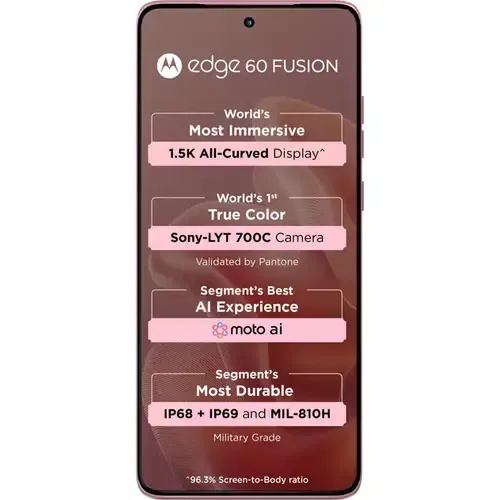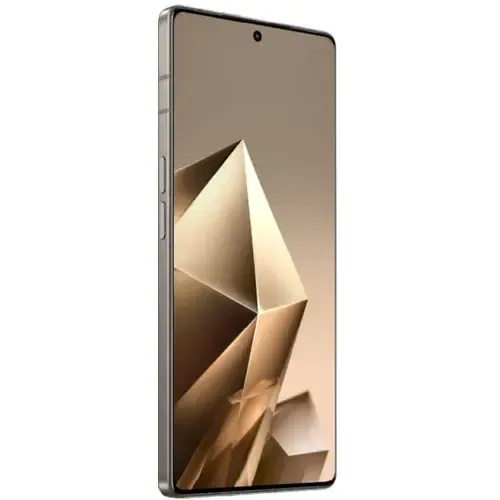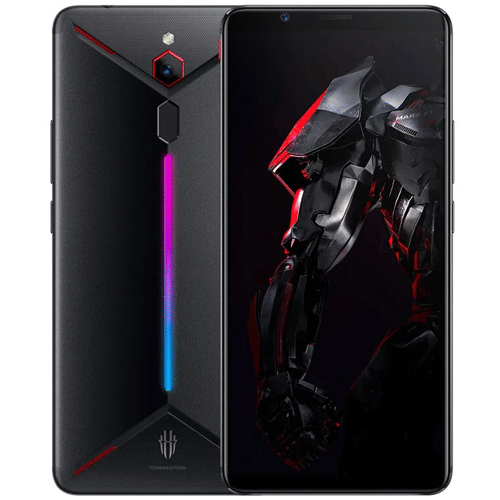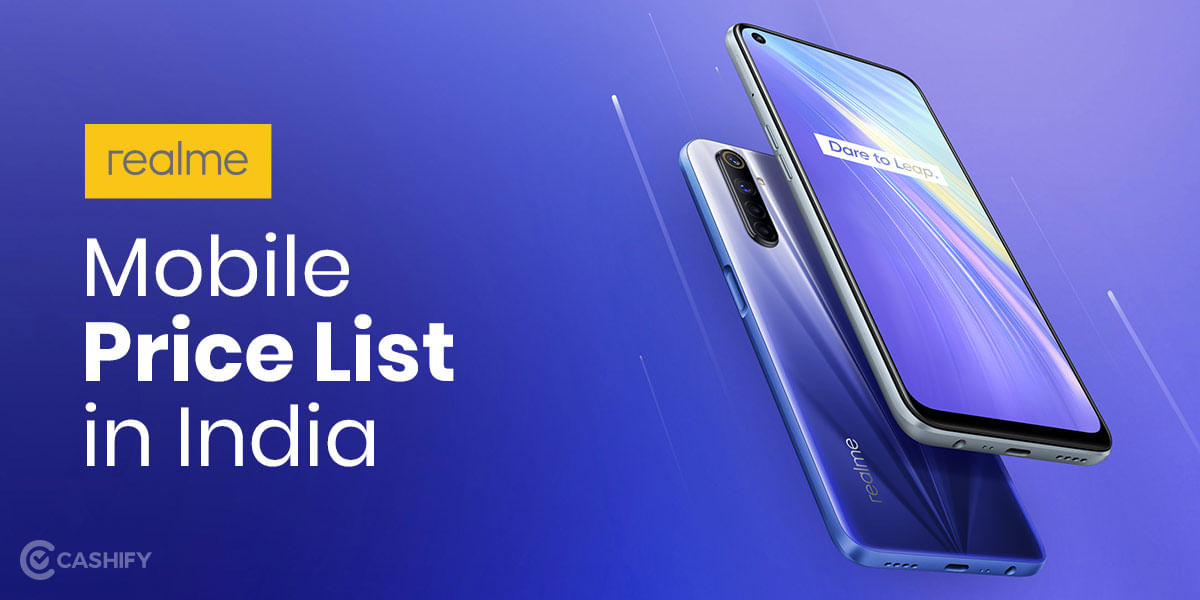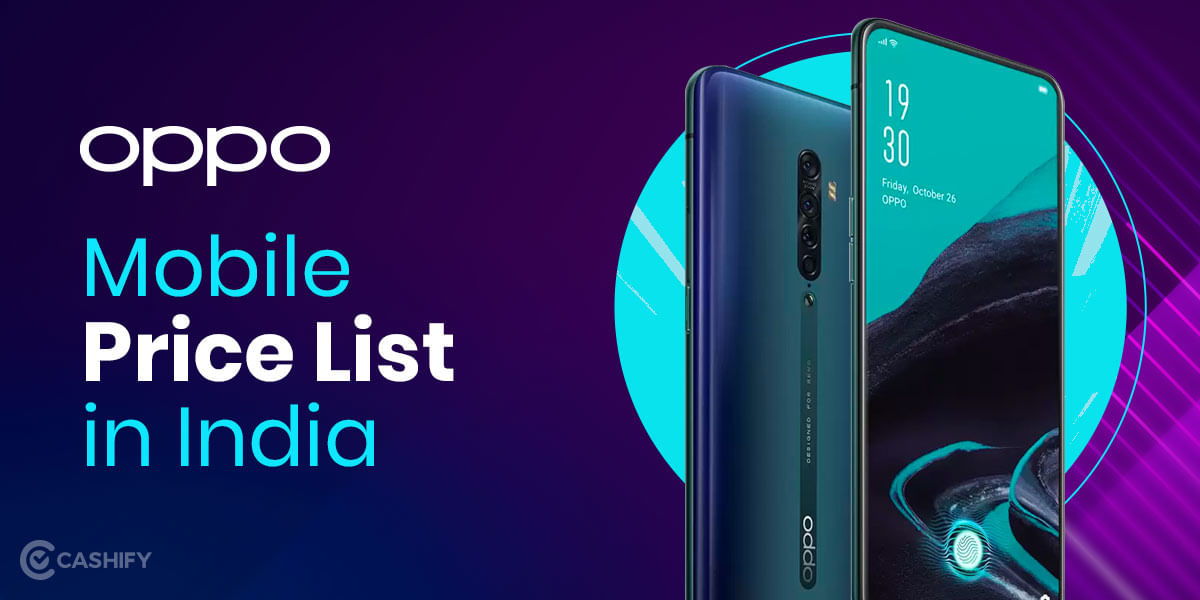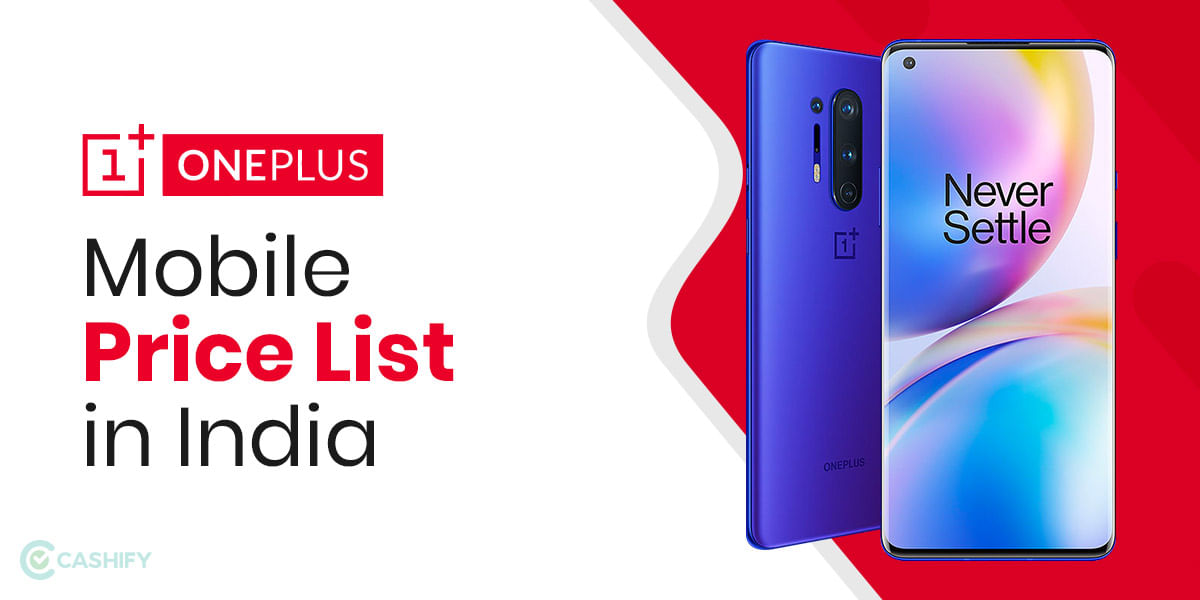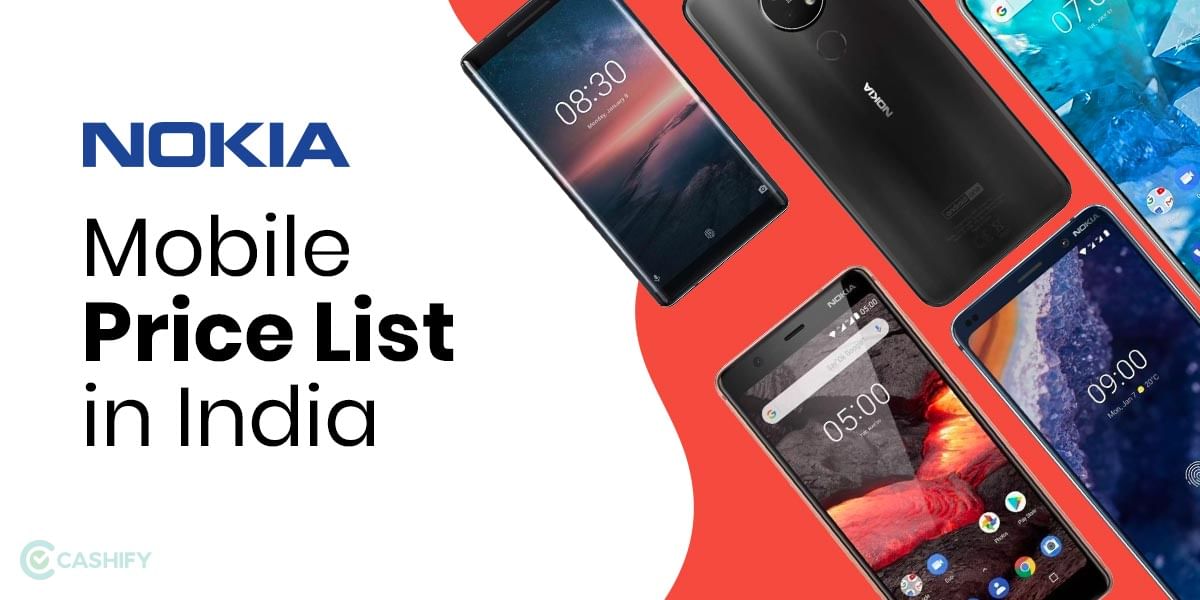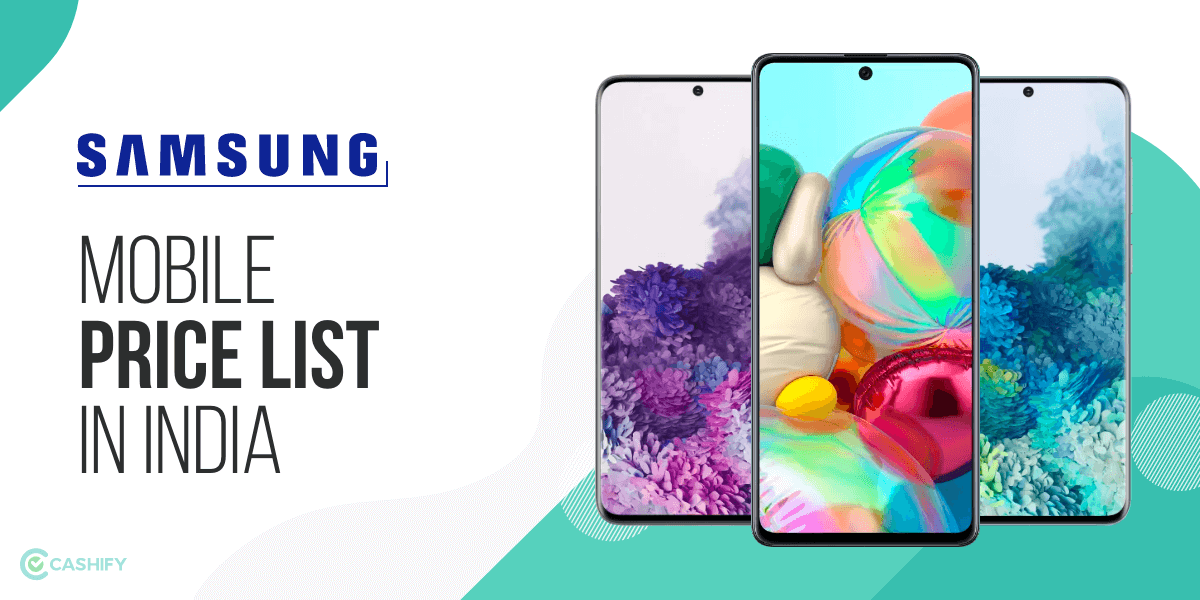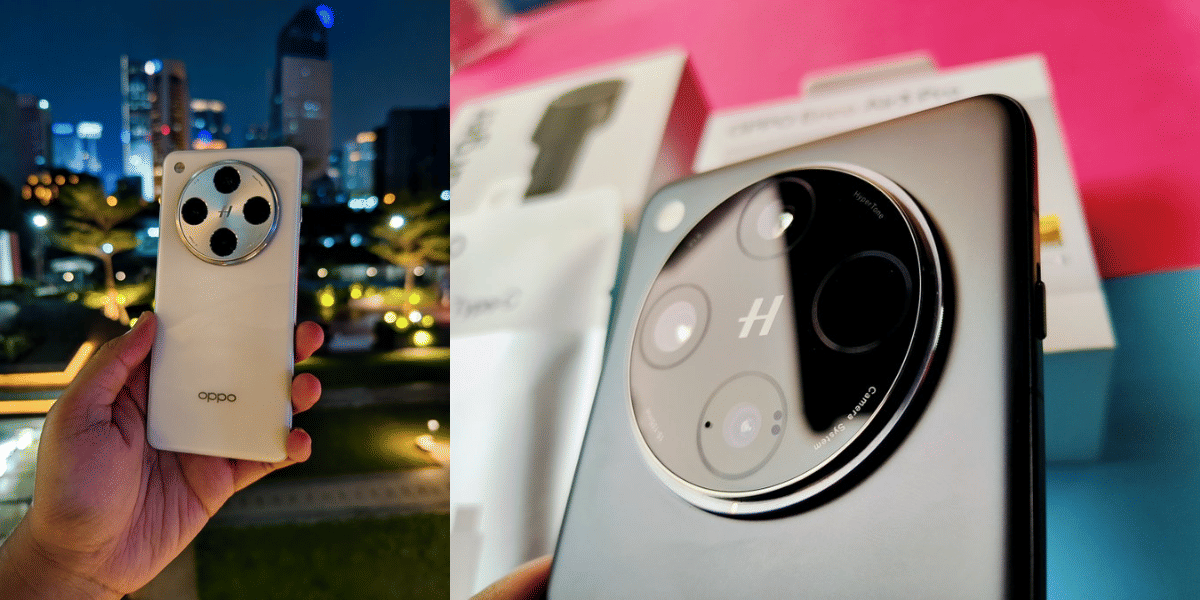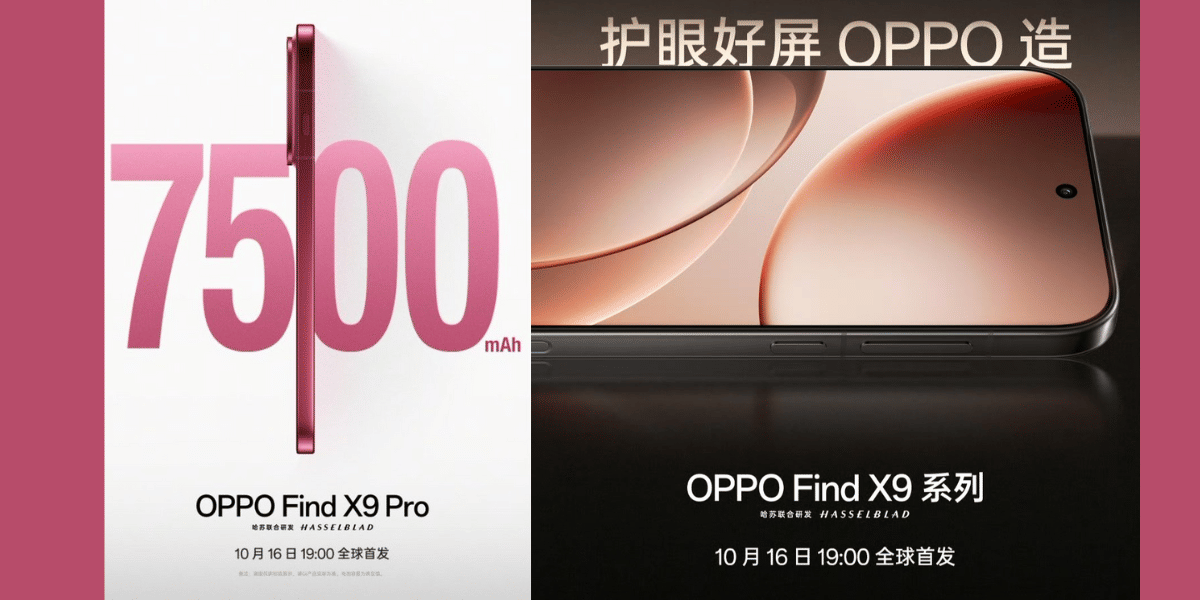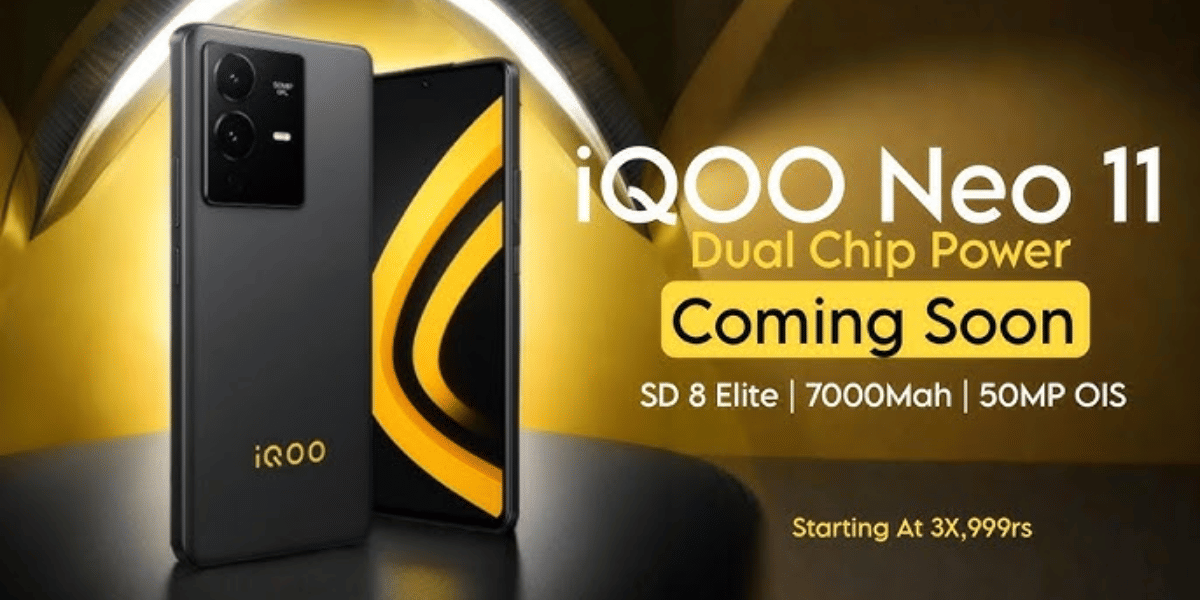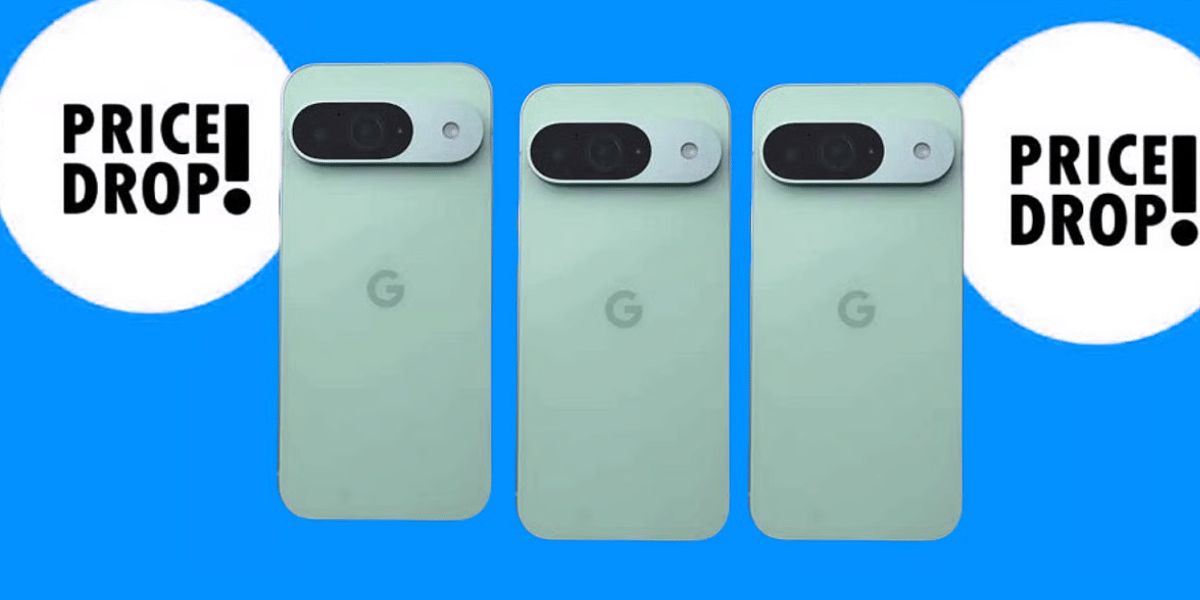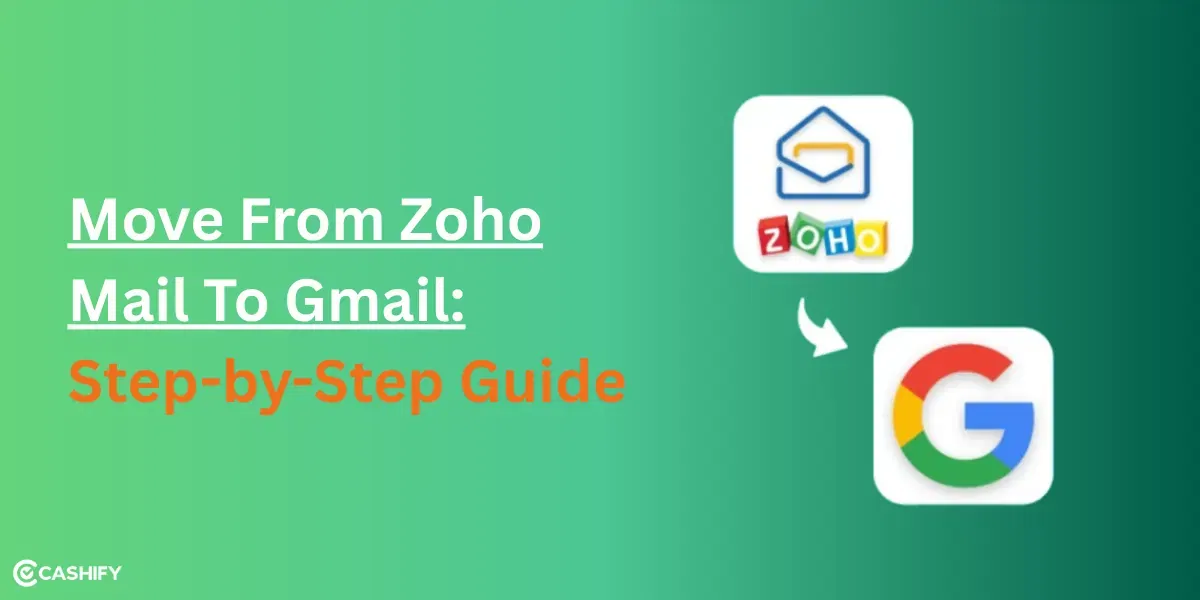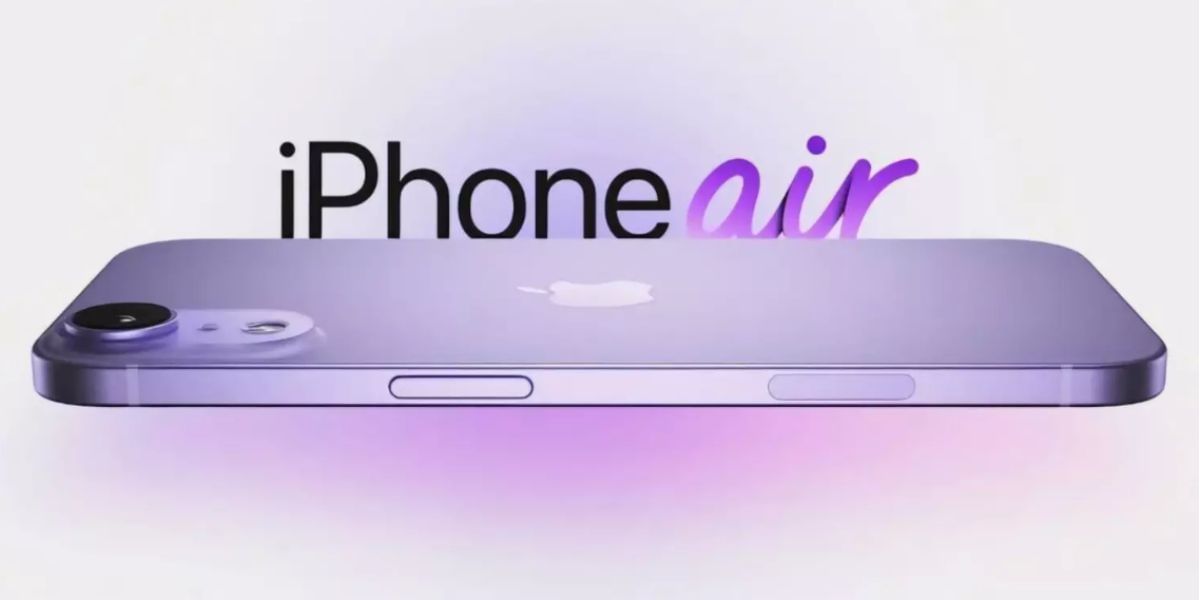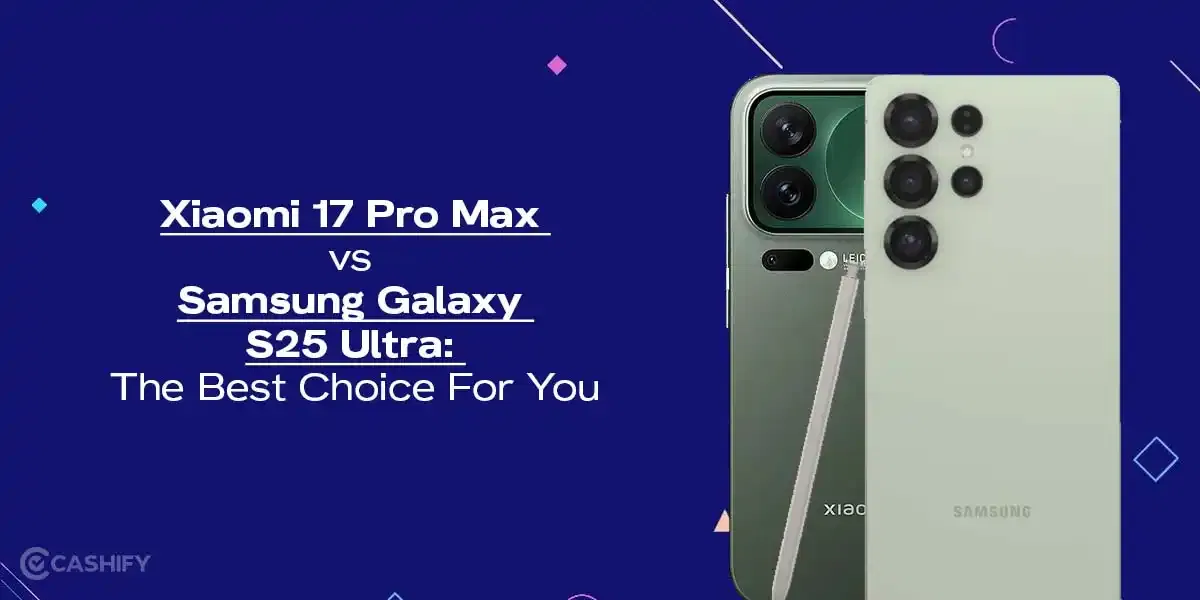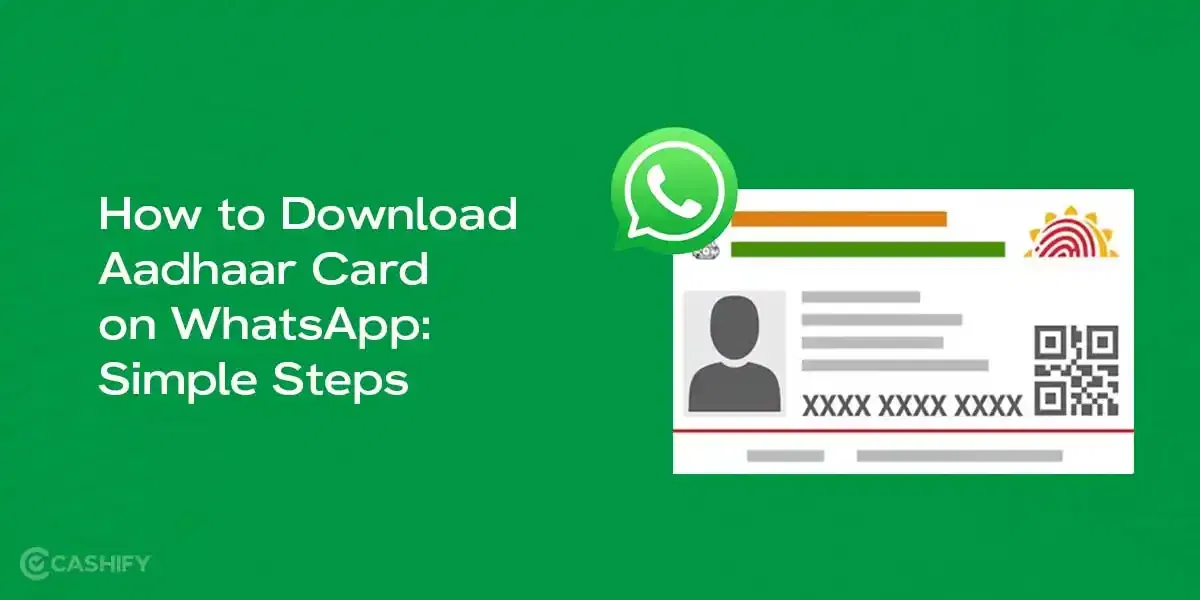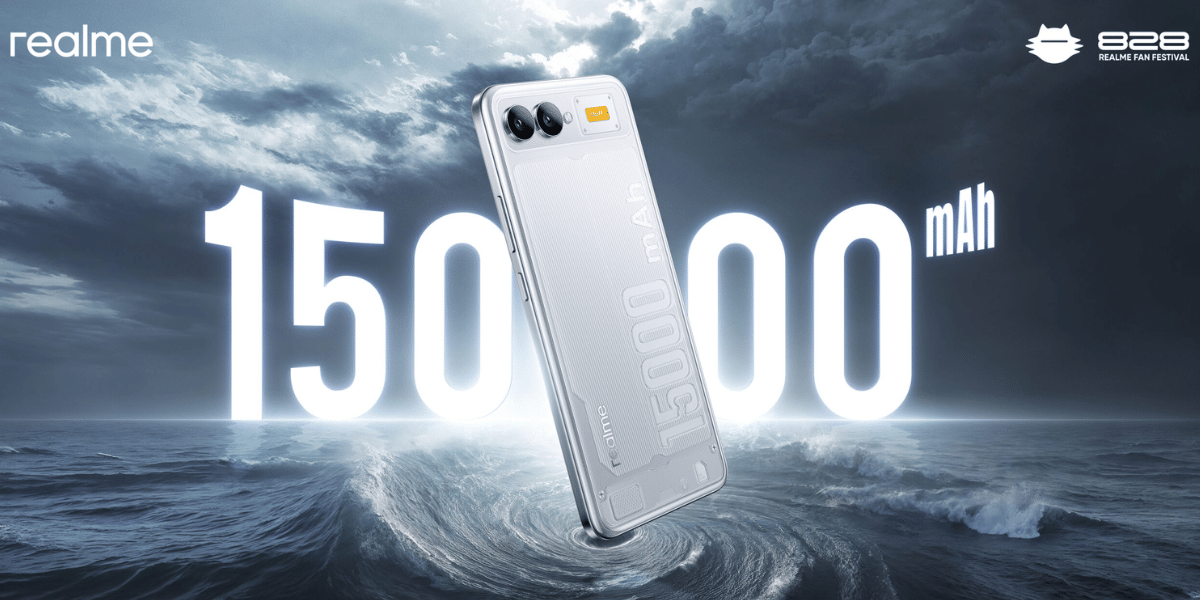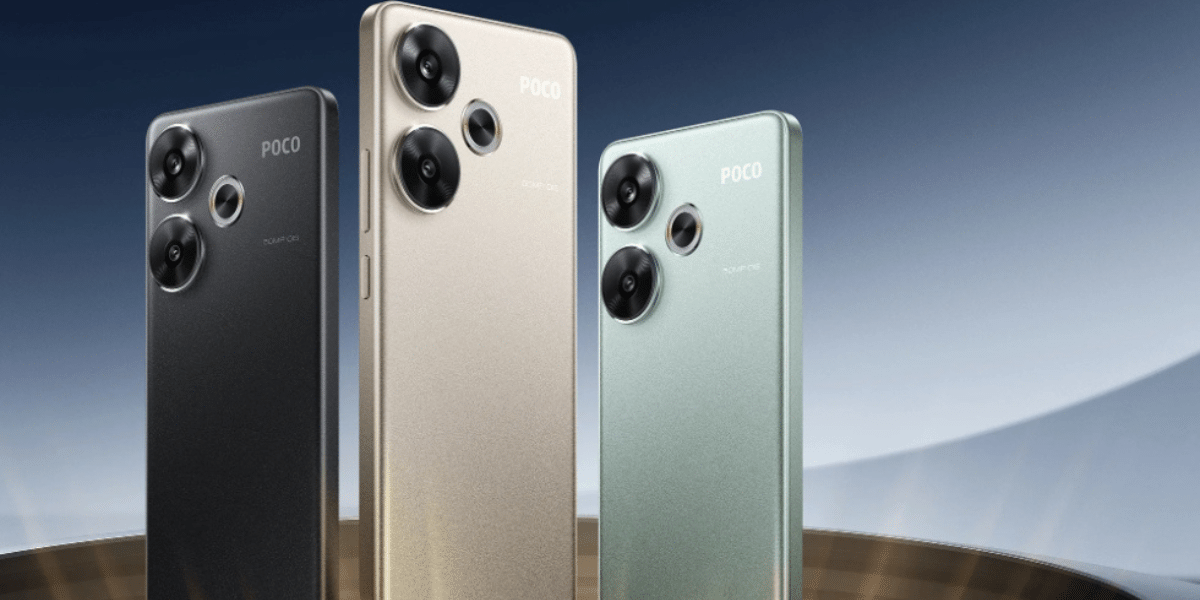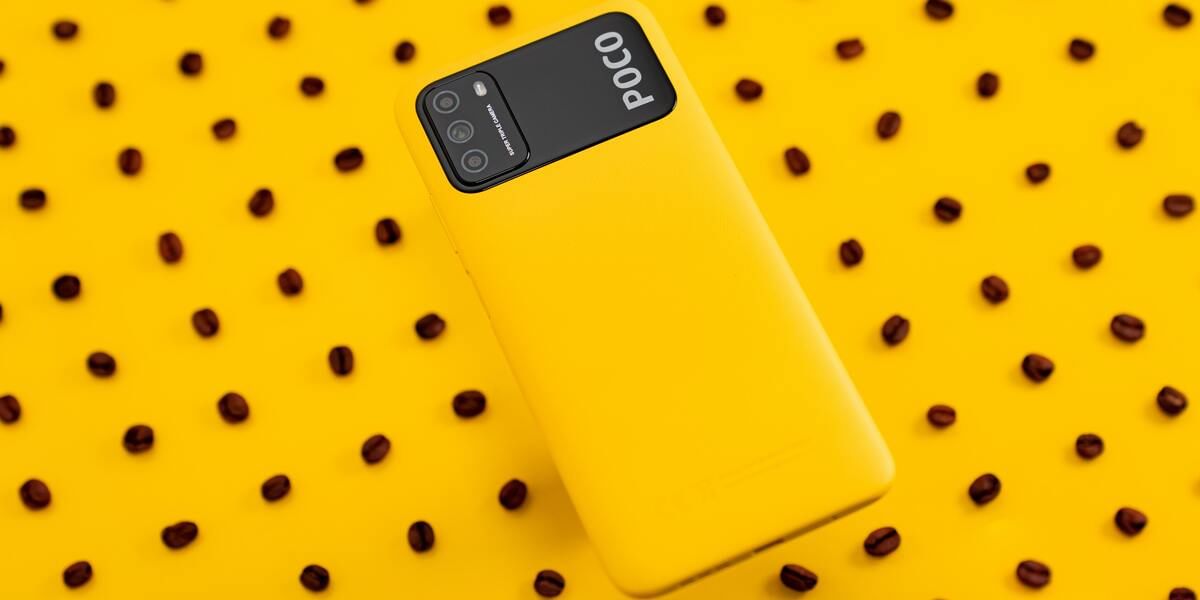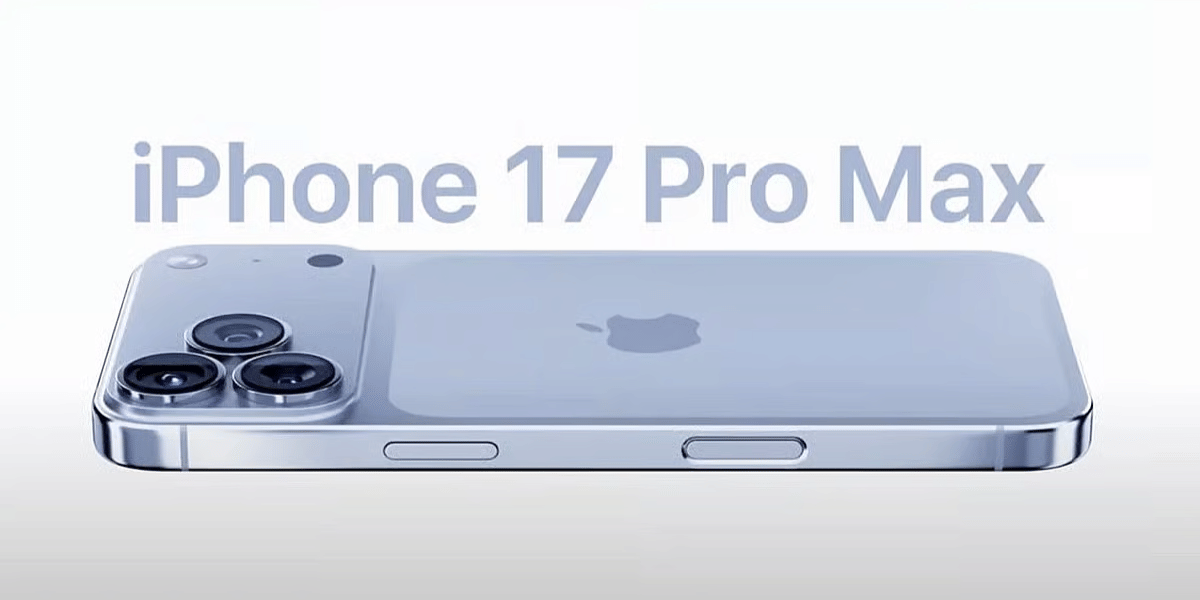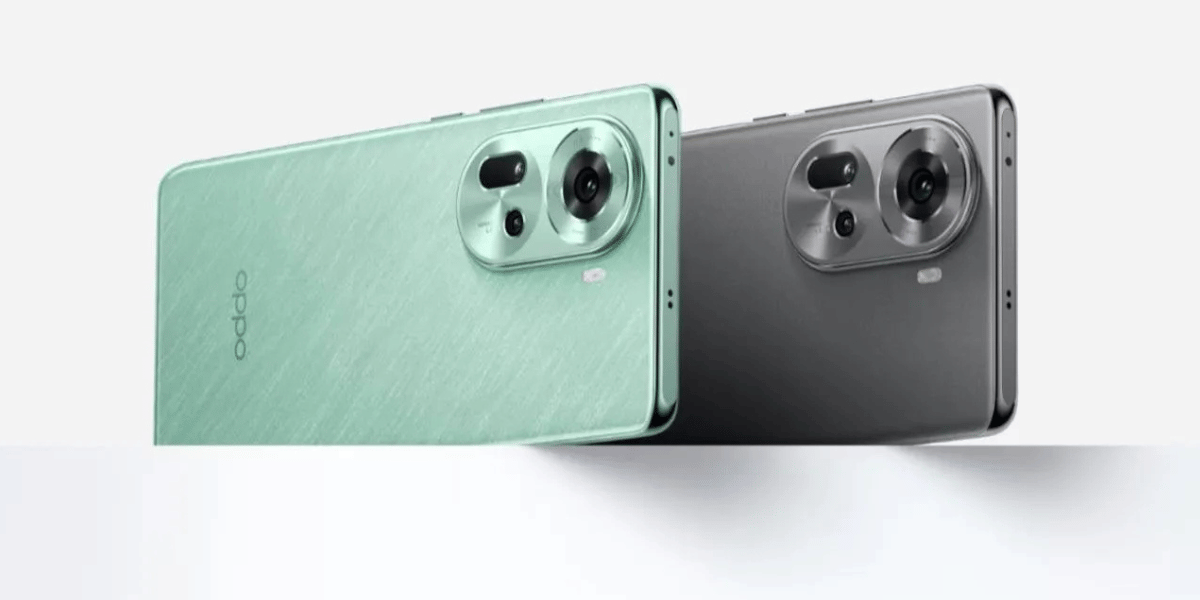
Motorola Moto Edge 40 Pro vs Xiaomi Redmi Note 12 Pro 5G
After sorting through several possibilities, you may be split between two excellent smartphones, the Motorola Moto Edge 40 Pro and the Redmi Note 12 Pro 5G. You’ll be impressed by the hardware in both of these smartphones. Learn the distinctions between them first, though, so you can make an informed decision. If you’re having trouble deciding between the Motorola Moto Edge 40 Pro vs Redmi Note 12 Pro 5G, we’ve provided a detailed breakdown of both for your convenience.
Motorola Moto Edge 40 Pro vs Redmi Note 12 Pro 5G: Specifications
| Feature | Motorola Moto Edge 40 Pro | Redmi Note 12 Pro 5G |
| Display | 6.67-inch OLED, FHD+ resolution (1080 x 2400) | 6.67-inch AMOLED, FHD+ display, (1080 x 2400) |
| Processor | Qualcomm Snapdragon 8 Gen 2 | MediaTek Dimensity 1080 |
| RAM | 12GB | 6GB/8GB/12GB |
| Storage | 256GB | 128GB/256GB |
| Rear Camera | Triple camera setup: | Triple camera setup: |
| | – 50 MP primary lens | – 50 MP primary lens |
| | – Ultra-wide sensor | – Ultra-wide sensor |
| – Telephoto sensor | – Macro sensor | |
| Front Camera | 60MP | 16MP |
| Battery | 4600 mAh battery with 125W fast charging | 5000 mAh battery with 67W fast charging |
Motorola Moto Edge 40 Pro vs Redmi Note 12 Pro 5G: Display
Motorola Moto Edge 40 Pro showcases a 6.67-inch pOLED display with a 20:9 aspect ratio, offering a Full HD+ resolution of 1,080×2,400 pixels. It’s like a high-definition theatre in the palm of your hand, with a super-smooth 165Hz refresh rate and a pixel density of 394 pixels per inch (ppi). Plus, it supports dazzling features like the DCI-P3 colour gamut, Dolby Vision, HDR10+, and a responsive 360Hz touch sampling rate. Now, picture Xiaomi’s Redmi Note 12 Pro 5G, which boasts a similar size display but leans on AMOLED technology. However, it slightly slows down with a 120Hz refresh rate, still impressive but not as fast as the Motorola Moto Edge 40 Pro.
Motorola Moto Edge 40 Pro vs Redmi Note 12 Pro 5G: Performance
Motorola Moto Edge 40 Pro is like a powerful supercar, equipped with the Snapdragon 8 Gen 2 System-on-Chip (SoC) and backed by a roaring 12GB of LPDDR5 RAM. It’s ready to handle heavy usage and multitasking like a champ. On the other hand, Xiaomi’s Redmi Note 12 Pro 5G is no slouch either. It runs the latest Android and MIUI 13, sporting an octa-core MediaTek Dimensity 1080 chipset and the Mali-G68 MC4 graphics processor. It’s like a nimble sports car, delivering smooth performance with no noticeable lags.
Motorola Moto Edge 40 Pro vs Redmi Note 12 Pro 5G: Camera
Motorola Moto Edge 40 Pro boasts a versatile triple rear camera setup. Imagine it as a professional camera crew, with the star being a 50-megapixel primary sensor, equipped with an f/1.8 lens, optical image stabilization, and omnidirectional phase-detection autofocus. Alongside, there’s a 50-megapixel ultra-wide sensor and a 12-megapixel portrait sensor. Don’t forget the 60-megapixel front camera. On the other hand, Xiaomi Redmi Note 12 Pro 5G features a triple camera setup with 50, 8, and 2-megapixel resolutions. However, it might not quite match the cinematic capabilities of the Motorola Moto Edge 40 Pro. On the selfie front, the Redmi Note 12 Pro 5G offers a 16-megapixel front camera, which, while capable, falls behind the Moto Edge 40 Pro’s front camera prowess.
Motorola Moto Edge 40 Pro vs Redmi Note 12 Pro 5G: Battery
Motorola Moto Edge 40 Pro features a 4,600mAh battery, ready to be swiftly recharged with 125W TurboPower technology through a wired connection. It even offers the option of 15W wireless charging (although a separate purchase may be required) and a 5W wireless power-sharing feature, turning it into a handy power bank for your other devices. Redmi Note 12 Pro 5G, with its slightly larger 5,000mAh battery, promises extended performance. While it supports 67W rapid charging, they don’t specify the exact charging time. But rest assured, it’s like a marathon runner, ensuring your phone stays powered up for the long haul.
Motorola Moto Edge 40 Pro vs Redmi Note 12 Pro 5G: Verdict
The choice betweenMotorola Moto Edge 40 Pro vs Redmi Note 12 Pro 5G boils down to your priorities. If you’re seeking an immersive visual experience and exceptional camera performance, the Motorola Moto Edge 40 Pro steals the spotlight. Meanwhile, if you prioritize seamless multitasking and long-lasting battery life, the Xiaomi Redmi Note 12 Pro 5G is a reliable companion for daily adventures. Select the one that best aligns with your smartphone needs and embark on your digital journey confidently.
Key Feature Comparison
Motorola Moto Edge 40 Pro
Check PriceXiaomi Redmi Note 12 Pro 5G
Check PriceAdd more phone to compare
Detailed Specs
Screen Size
Screen Type
Screen Resolution
Pixel Density
Aspect Ratio
Screen Protection
Screen to Body Ratio
Screen Design
Screen Refresh Rate
Screen Quality
Peak Brightness
Phone Variants
Expandable Storage
RAM Type
Storage Type
OTG Support
Sensors
Operating System
GPU
Chipset
CPU
Clock Speed
Architecture
Process Technology
Custom User Interface
Battery Capacity
Battery Removable
Battery Type
Charger Type
USB Type-C
Fast Charging
Charging Time
Wireless Charging
Announced On
Market Status
Brand
Price Status
Price
Model Number
GPS
Audio Features
NFC
Network Support
Bluetooth
FM Radio
3.5mm Audio Jack
SIM Size
Wi-Fi
Bluetooth Type
Audio Jack
SIM Slot(s)
eSIM
Wi-Fi Features
SIM 1 Bands
SIM 2 Bands
VoLTE
Front Video Recording
Front Camera Setup
Front Camera 1 Resolution
Front Camera 1 Type
Front Camera 1 Lens
Front Aperture
Weight
Colors
Build
Dimensions
SAR Value
OIS
Rear Flash
Rear Video Recording
Rear Camera Features
Rear Camera Setup
Rear Camera 1 Resolution
Rear Camera 1 Type
Rear Camera 1 Lens
Rear Camera 2 Resolution
Rear Camera 2 Type
Rear Camera 2 Lens
Rear Camera 3 Resolution
Rear Camera 3 Type
Rear Camera 3 Lens
Rear Aperture
Rear Sensor
Fingerprint Scanner
Fingerprint Scanner Position
Fingerprint Scanner Type
Face Unlock
Latest Comparisons

